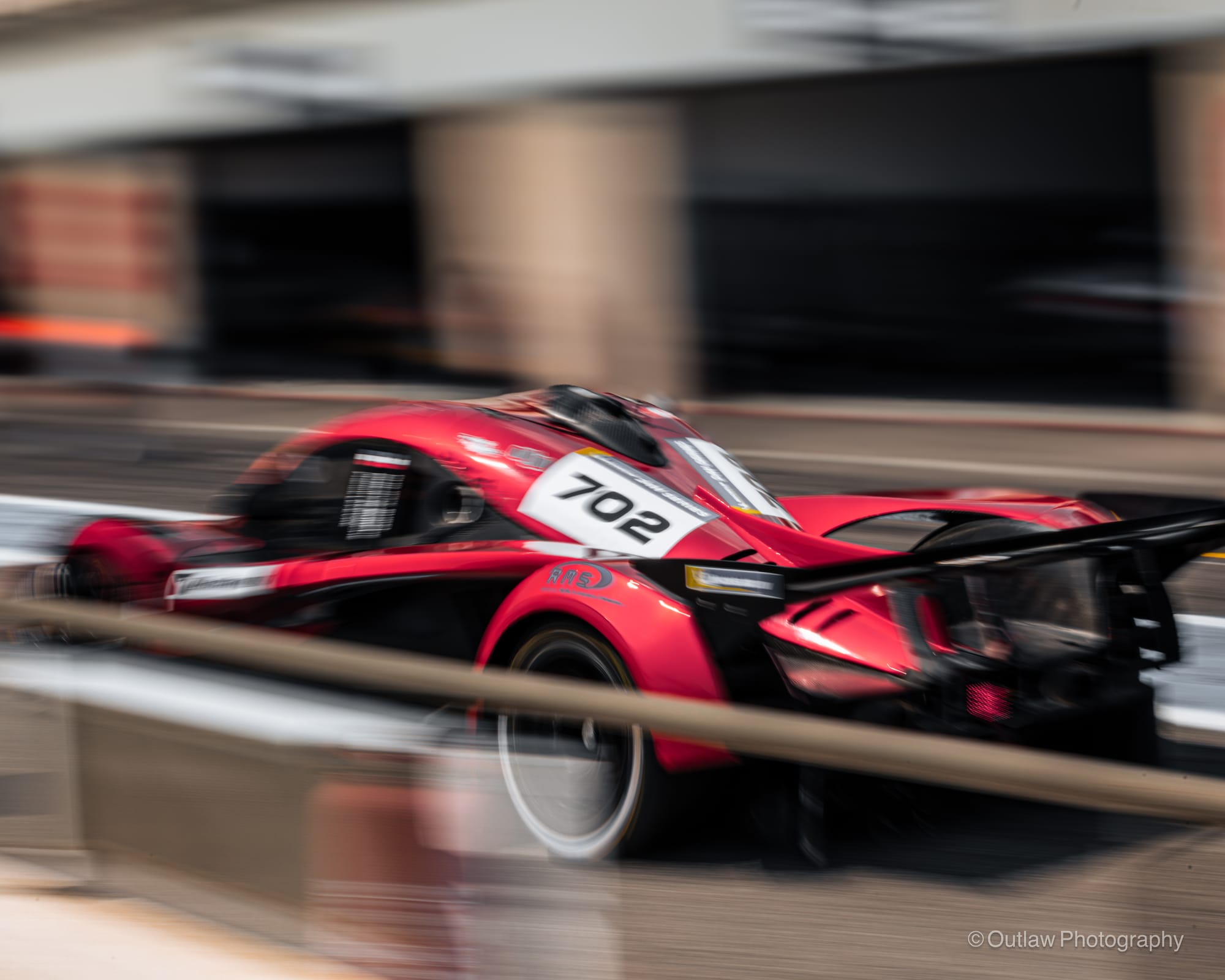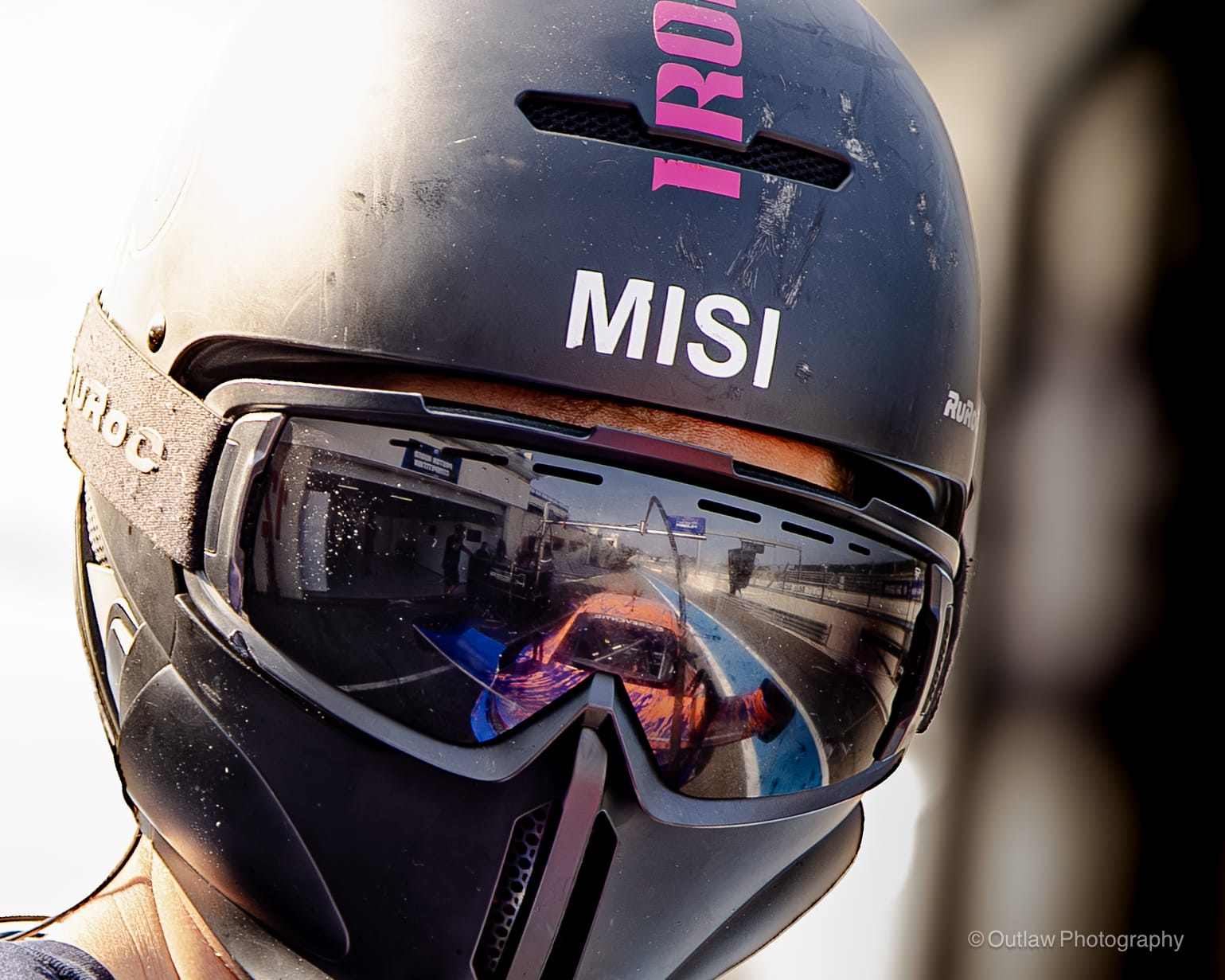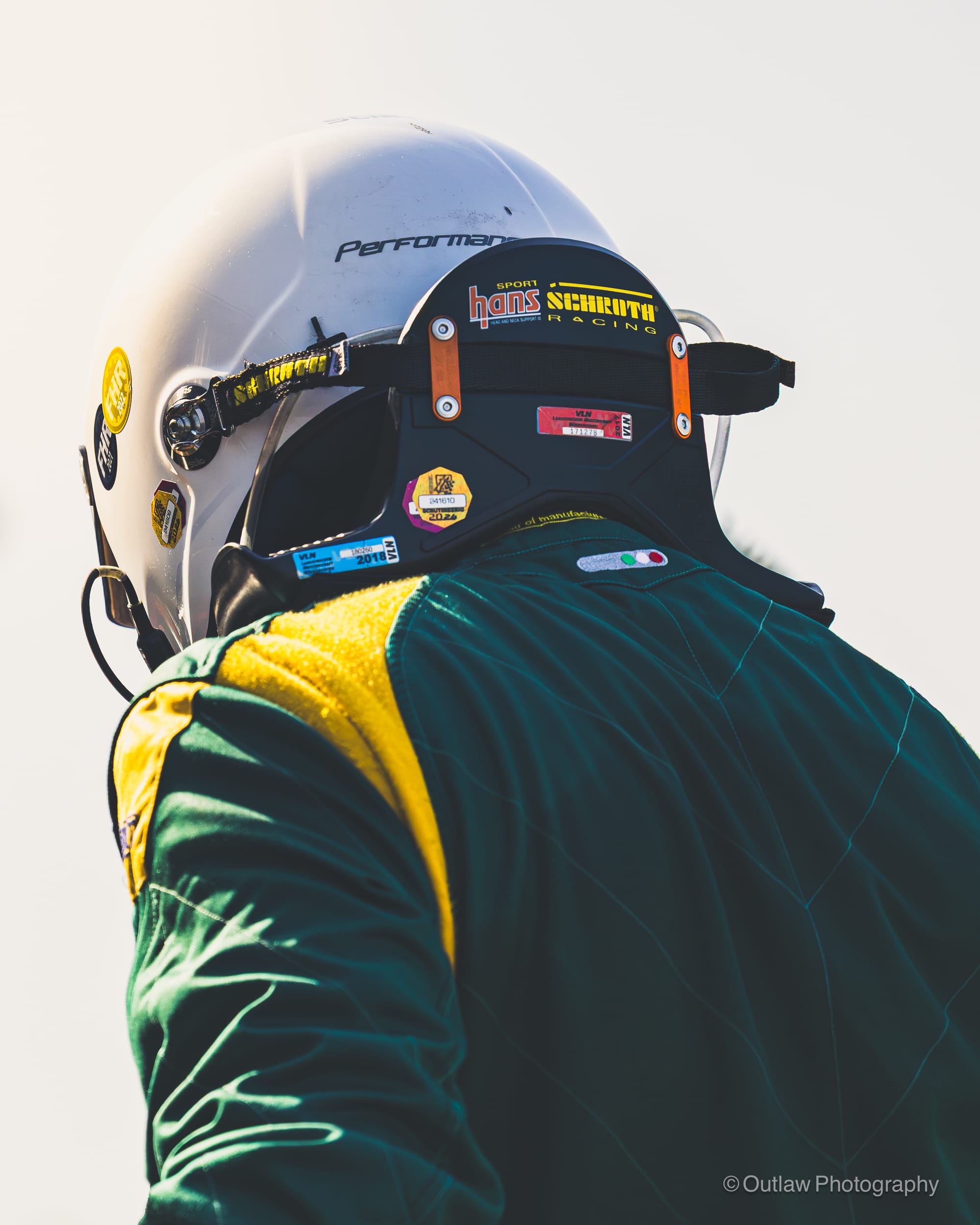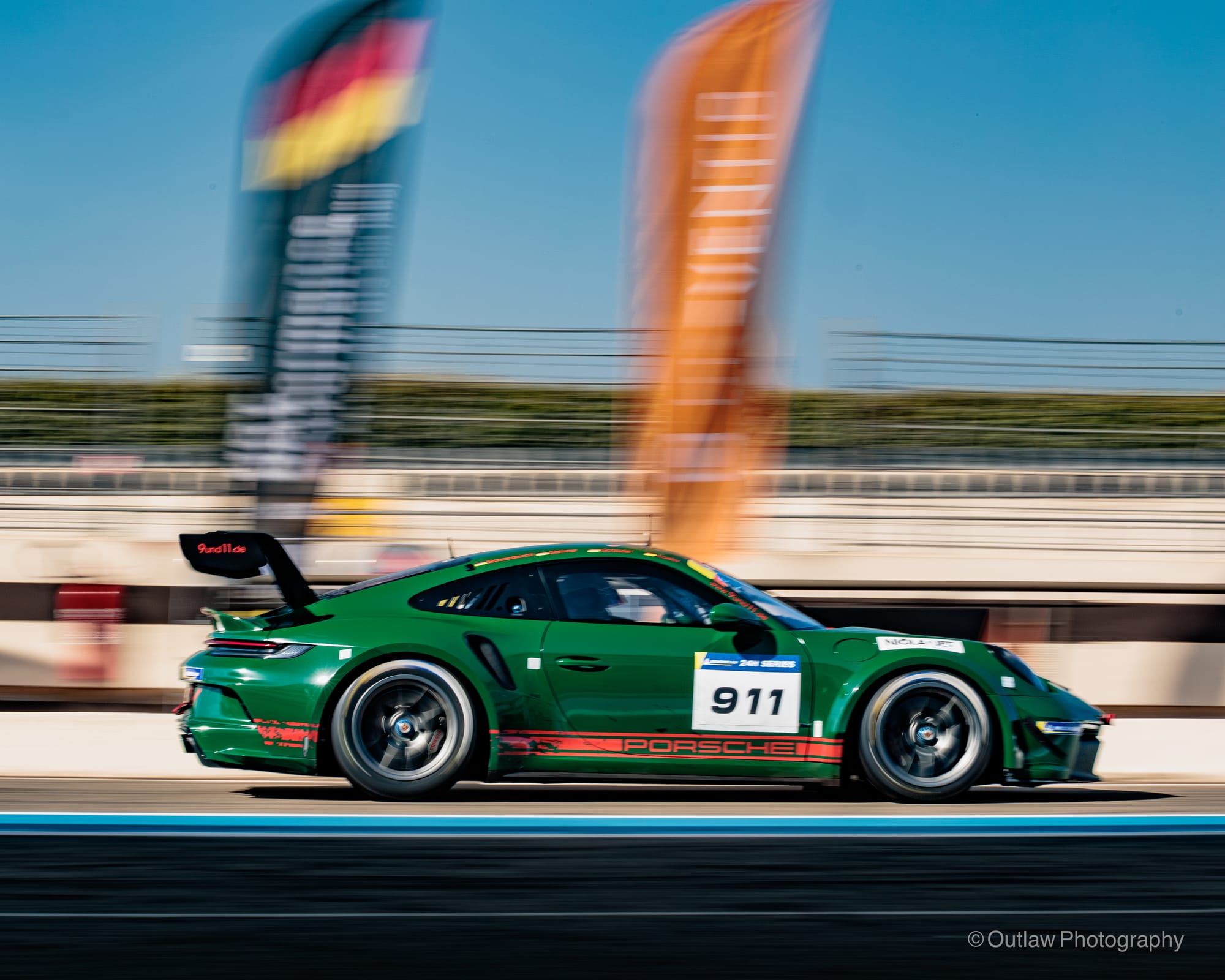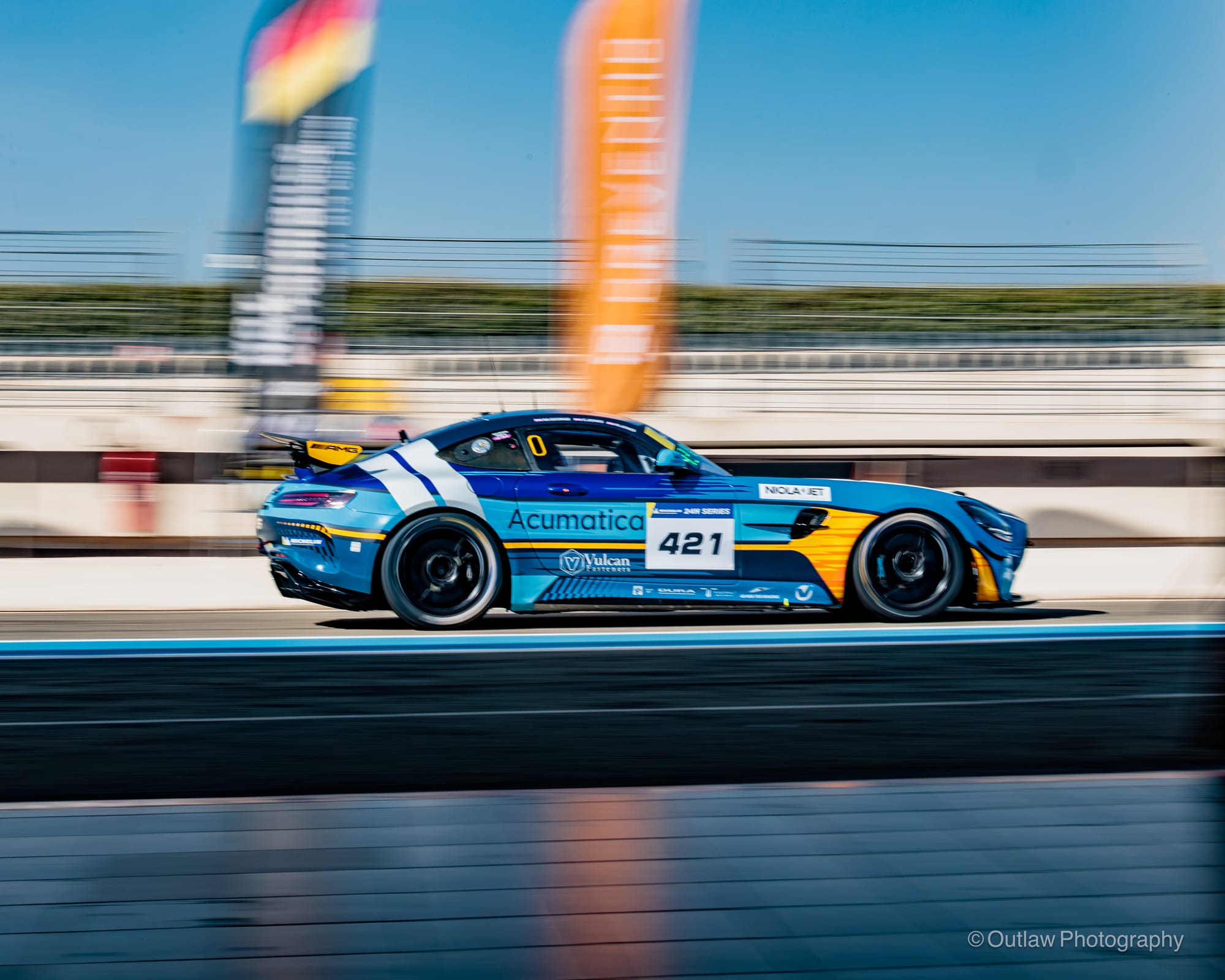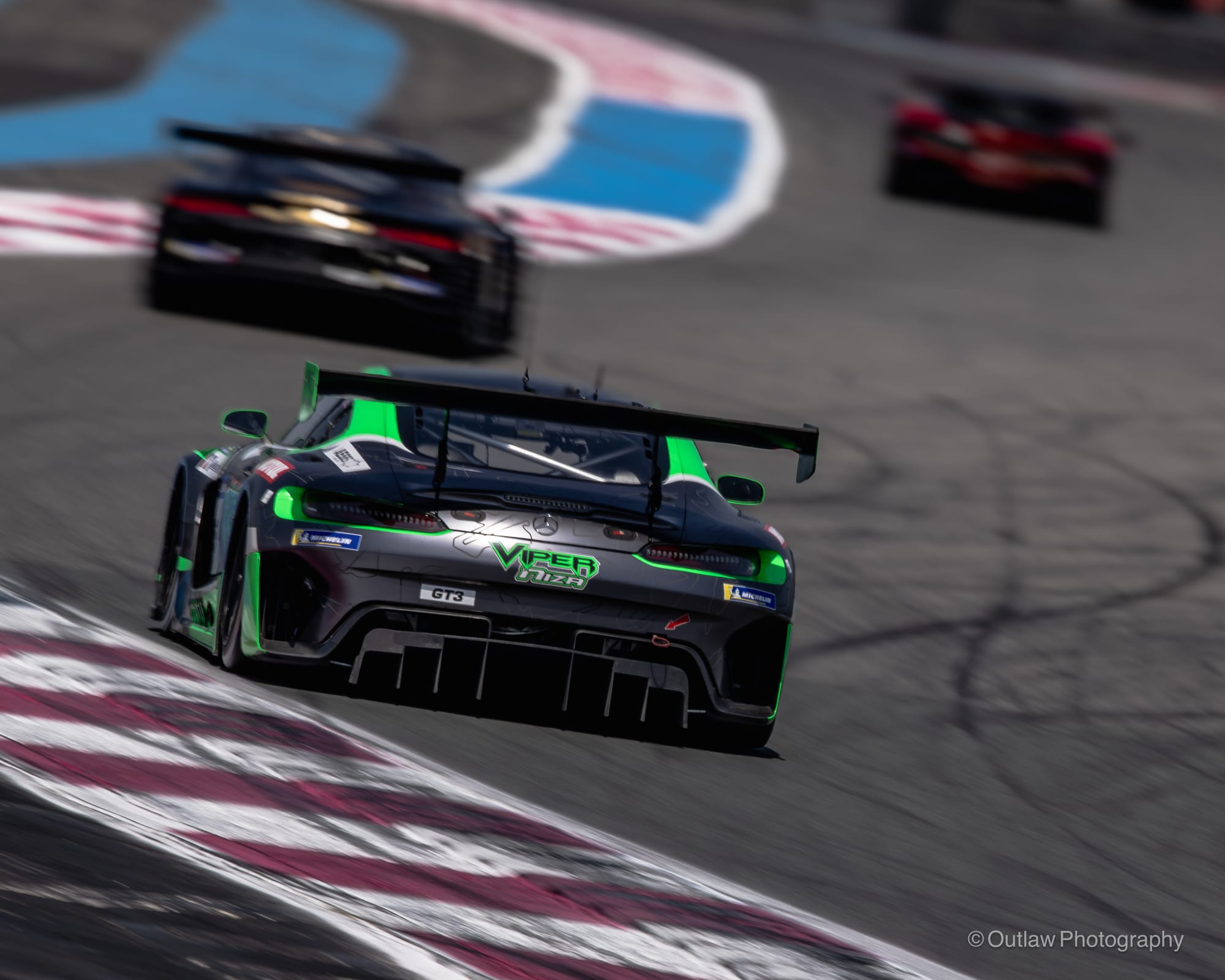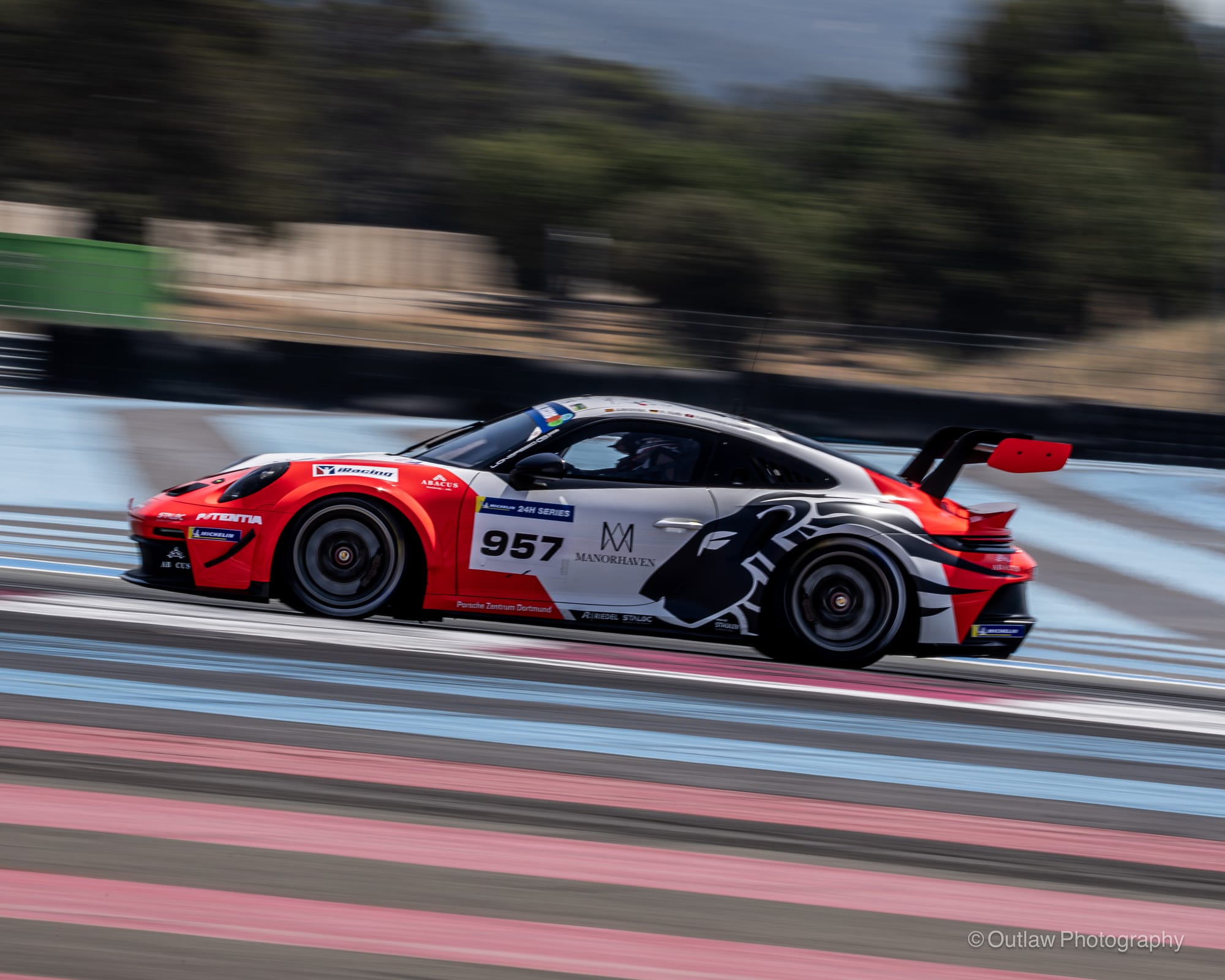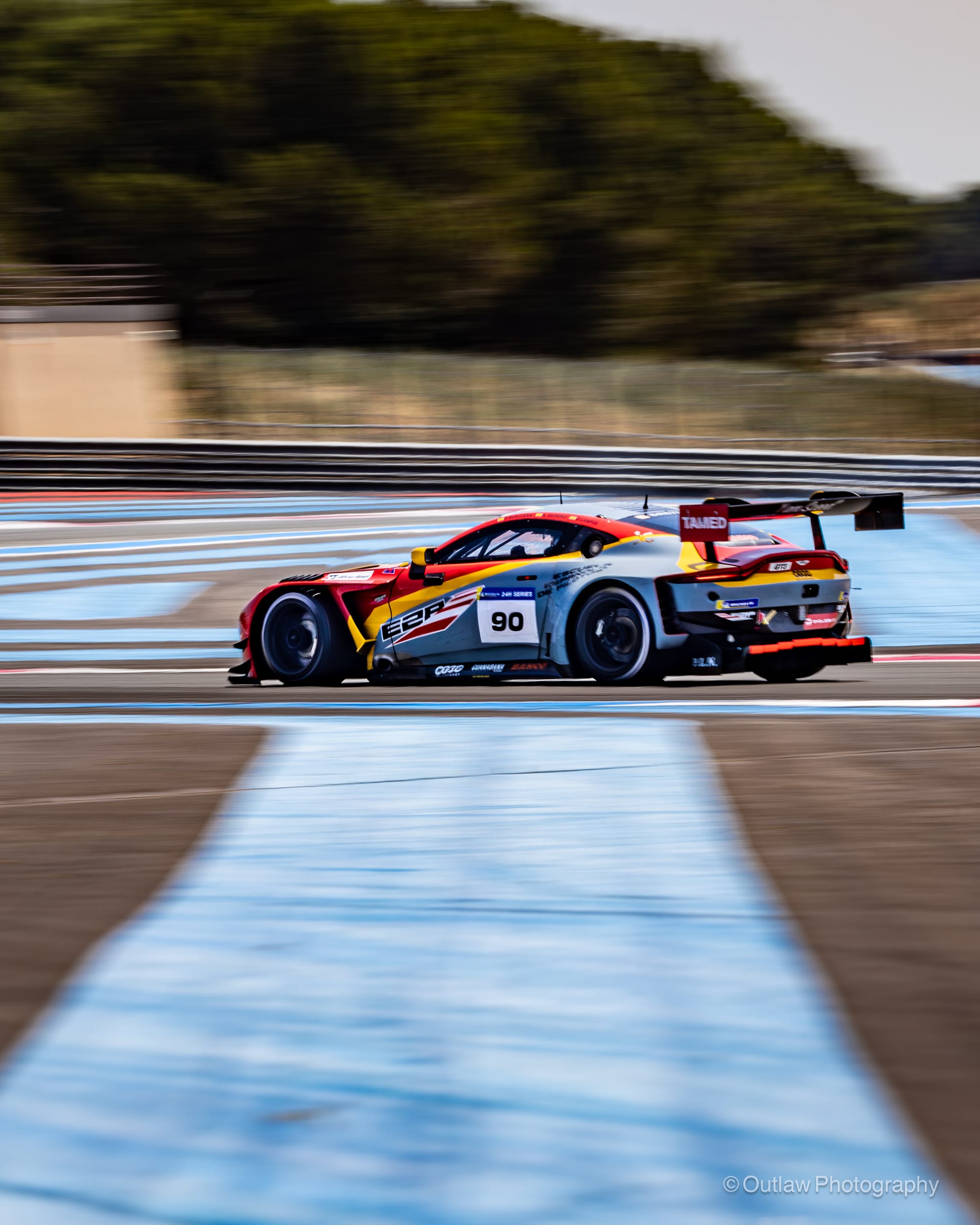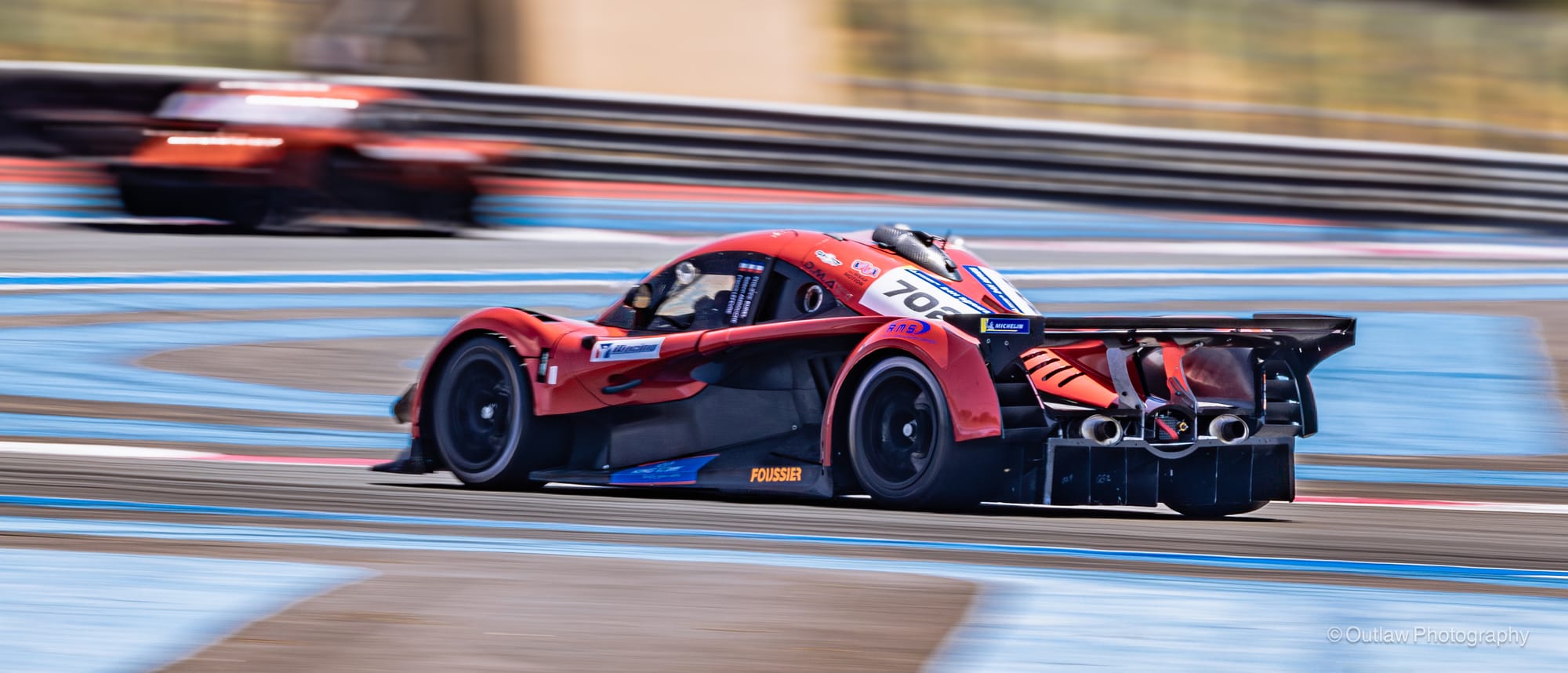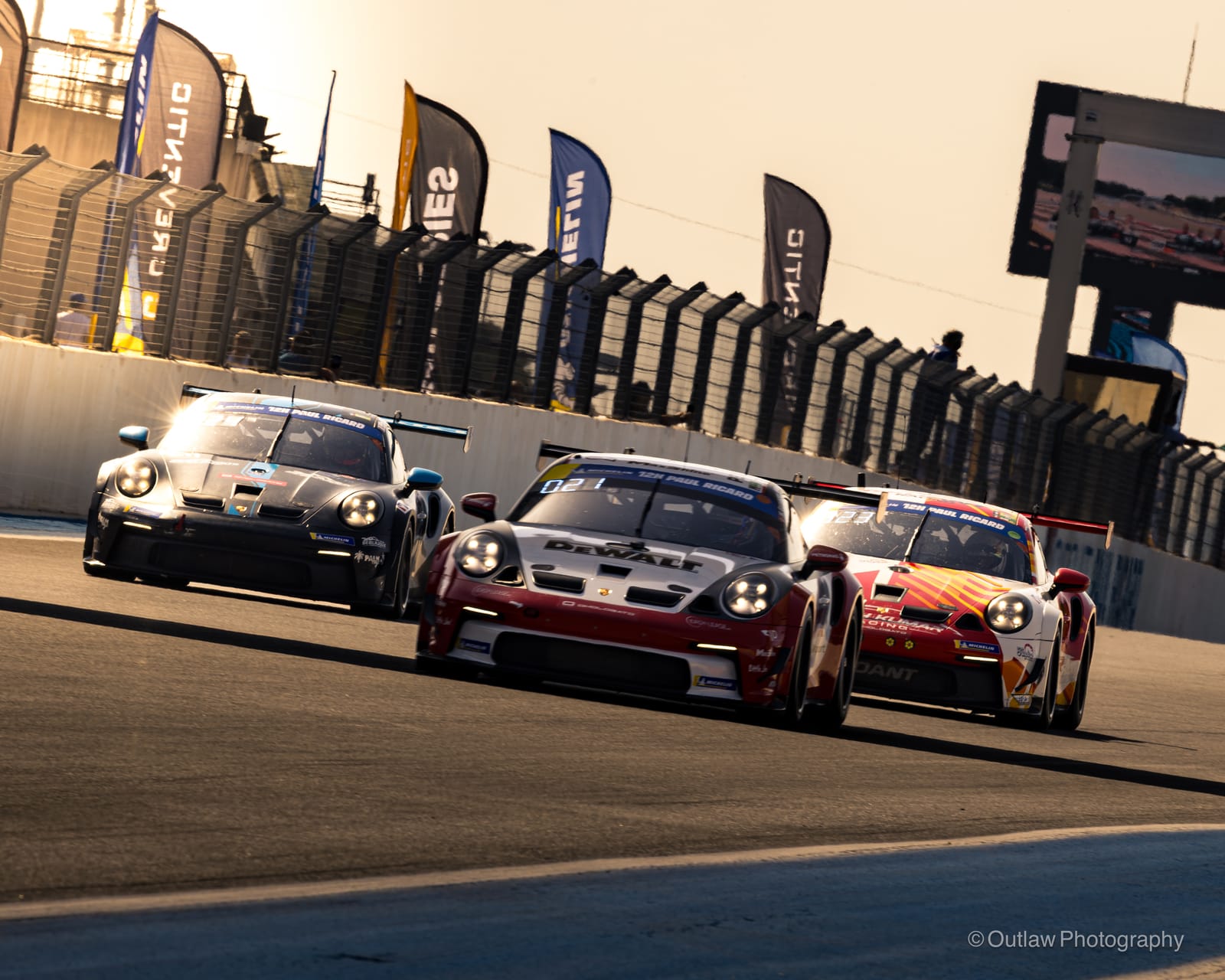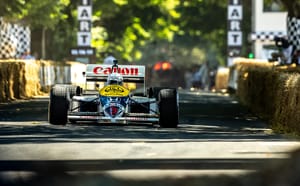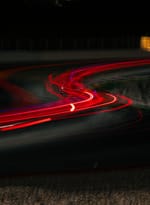The Circuit Paul Ricard, nestled in the hills of Le Castellet, delivered a scorching weekend of endurance racing under relentless summer heat. With ambient temperatures hovering around 33°C across all three days, the conditions tested both man and machine to the limit.
Known for its iconic Mistral Straight, high-grip tarmac, and vibrant red and blue run-off zones, Paul Ricard provides a unique visual and technical challenge. The modern layout offers long straights, tight chicanes, and flowing corners, making it a favourite for teams and photographers alike.
This was another well-executed event by Creventic, the organisers behind the 24H Series. Their trademark blend of professionalism and accessibility was on display once again, ensuring a smooth weekend of action for competitors, crews, and media.
A core feature of the 24H Series is the variety of team structures, especially the inclusion of both professional and amateur drivers within the same racing categories. While some entries are composed of factory-level drivers and elite support crews, many teams feature a mix of seasoned pros and bronze-rated amateur racers. This creates an additional layer of strategy that influences everything from driver stints to pit lane performance.
Amateur drivers are often required to complete minimum stint lengths, while pros face restrictions on total driving time. Pit stops are another area where differences emerge. Professional teams typically deliver rapid, precision-executed pit work, while amateur squads can lose valuable time in driver changes, tyre servicing, or fueling. Over the course of a 12-hour race, even minor inefficiencies can accumulate into significant gaps on track.
The schedule followed Creventic’s familiar format. Friday was dedicated to practice and qualifying, giving teams time to dial in setups and fight for grid positions. The main event, the full 12-hour endurance race, ran on Saturday and demanded maximum effort from start to finish in the intense heat.
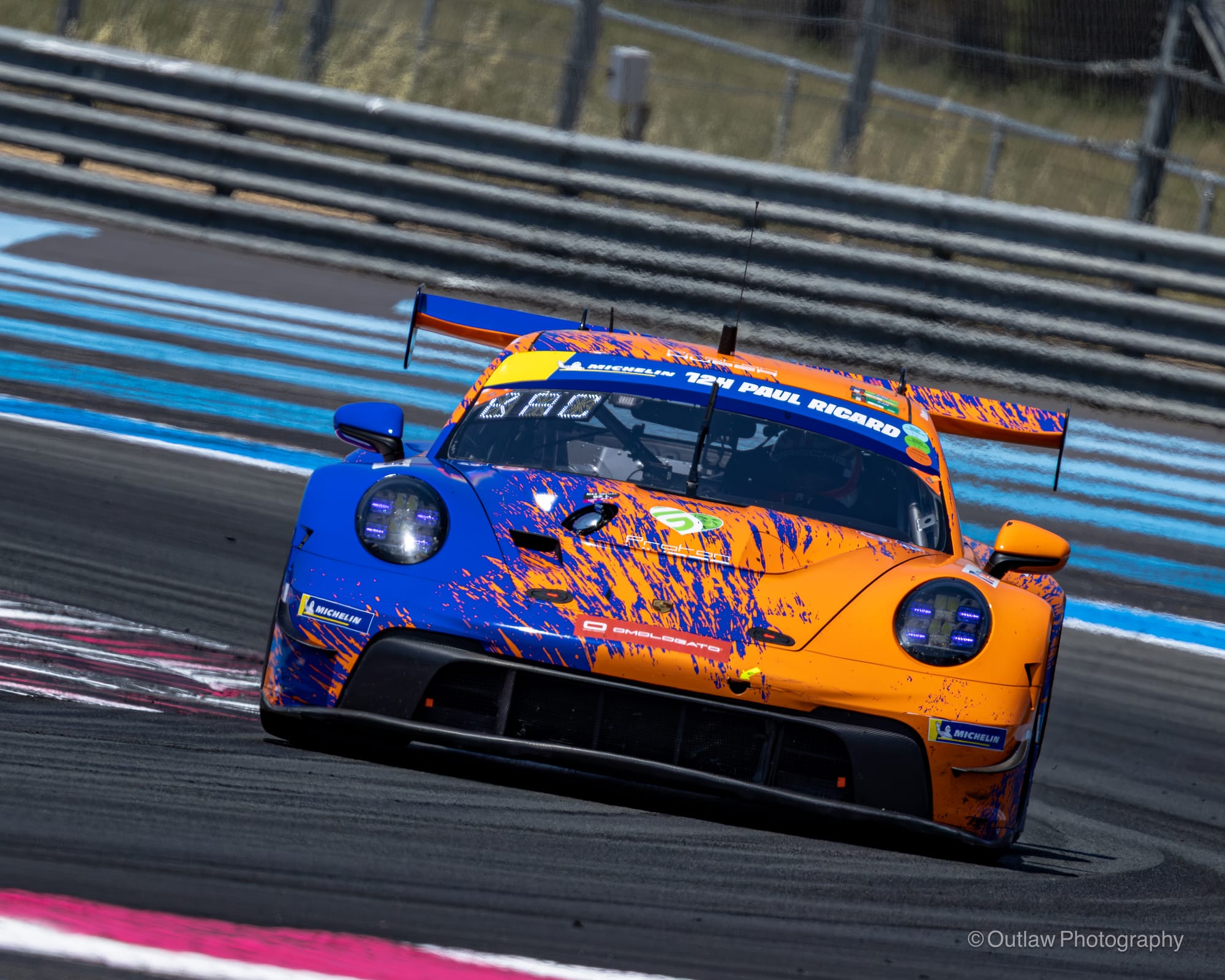
⸻
Cockpit Heat and Driver Endurance
With ambient temperatures peaking around 33°C, cockpit conditions during the race were brutal. Inside the sealed, fire-retardant shells of GT and touring cars, temperatures can easily soar well beyond 50°C. Some cars are equipped with basic air conditioning systems, but their use is entirely at the discretion of the team and driver. While they offer some relief, A/C systems draw power from the engine and impact fuel efficiency, an unacceptable compromise for many during a 12-hour endurance race where fuel strategy can decide positions. As a result, many drivers opt to endure the punishing heat, relying instead on hydration, race suit cooling layers, and sheer mental resilience to stay sharp over long stints.
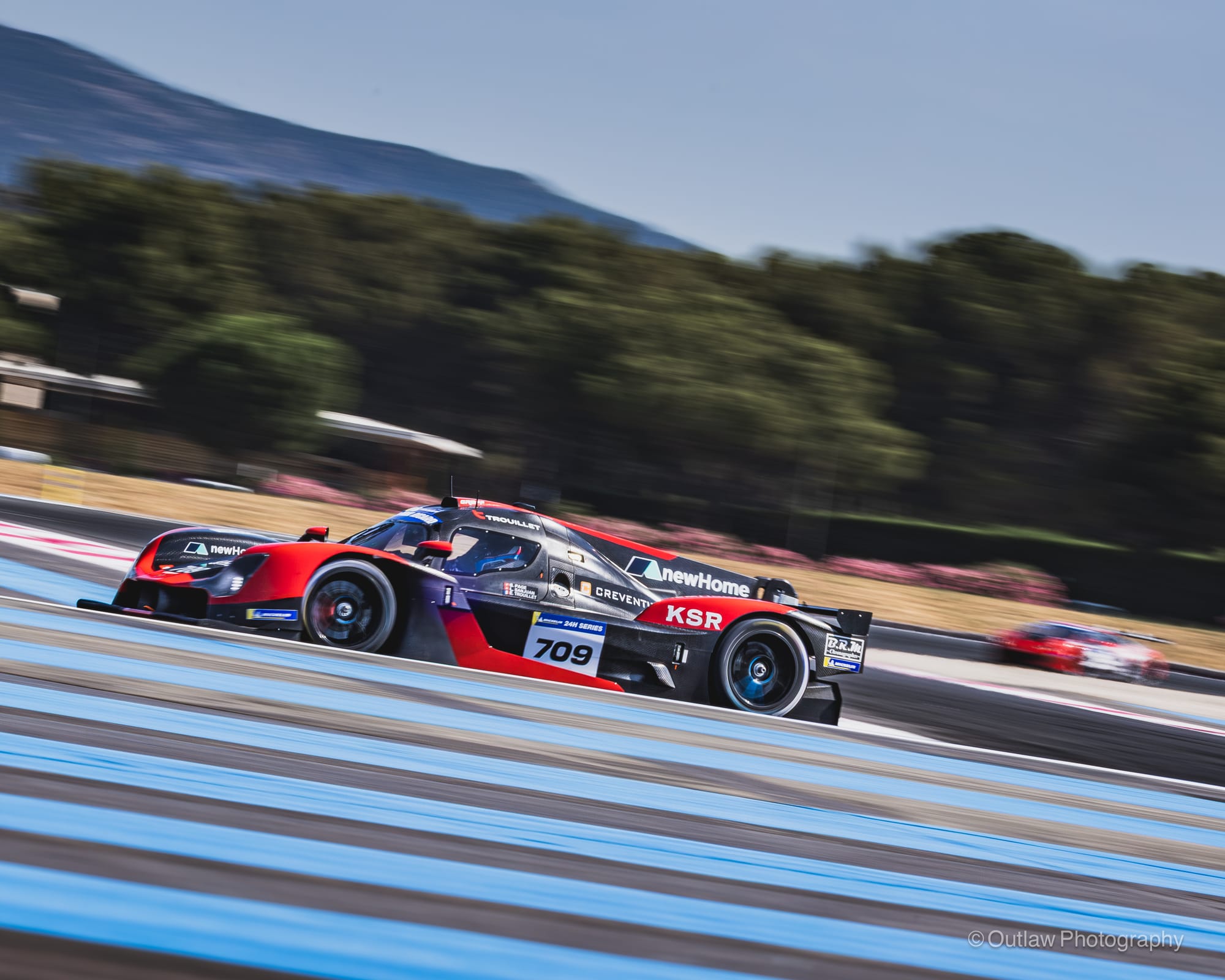
Practice Recap
Friday’s free practice session gave teams a crucial opportunity to adapt to the scorching track conditions and dial in performance setups ahead of qualifying. Topping the timesheets was the No. 73 Proton Huber Competition Porsche entry, laying down a strong early marker with consistent pace. Close behind, the No. 56 Scuderia Praha Ferrari showed solid single-lap speed to claim second, while the No. 18 Saintéloc Junior Team Audi Sport secured third, demonstrating the expected pace of the GT3 contenders and setting the stage for a fiercely competitive weekend.
Despite the non-competitive nature of the session, several Code 60 periods were deployed due to minor incidents and mechanical stoppages. For context, Code 60 is a neutralisation rule unique to endurance racing where all cars must immediately reduce speed to 60 km/h under a purple flag, allowing marshals to intervene safely without a full safety car. These interruptions briefly disrupted the rhythm for teams but offered realistic conditions for pit strategy simulations.
Not all teams escaped unscathed. The No. 909 Red Camel Porsche suffered a catastrophic engine failure midway through the session. The failure was significant enough to require a full engine replacement — a major blow, considering Porsche racing engines are generally expected to last up to 100 hours of track time. This unit had nowhere near that level of mileage before letting go. As a result, the team was forced to sit out qualifying entirely and would start the race from the back of the grid. The incident raised questions about reliability and placed the Red Camel crew on the back foot before the race had even begun.
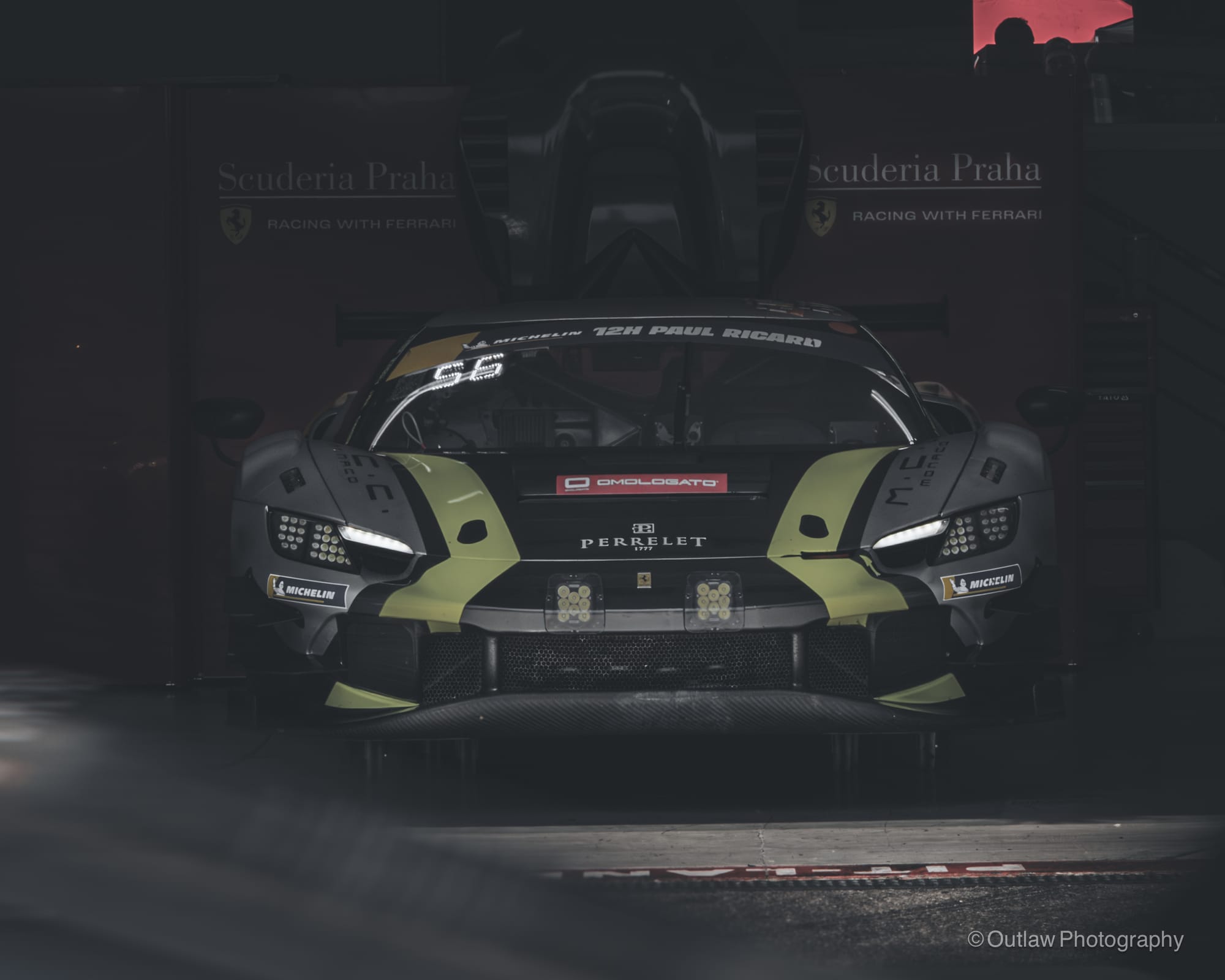
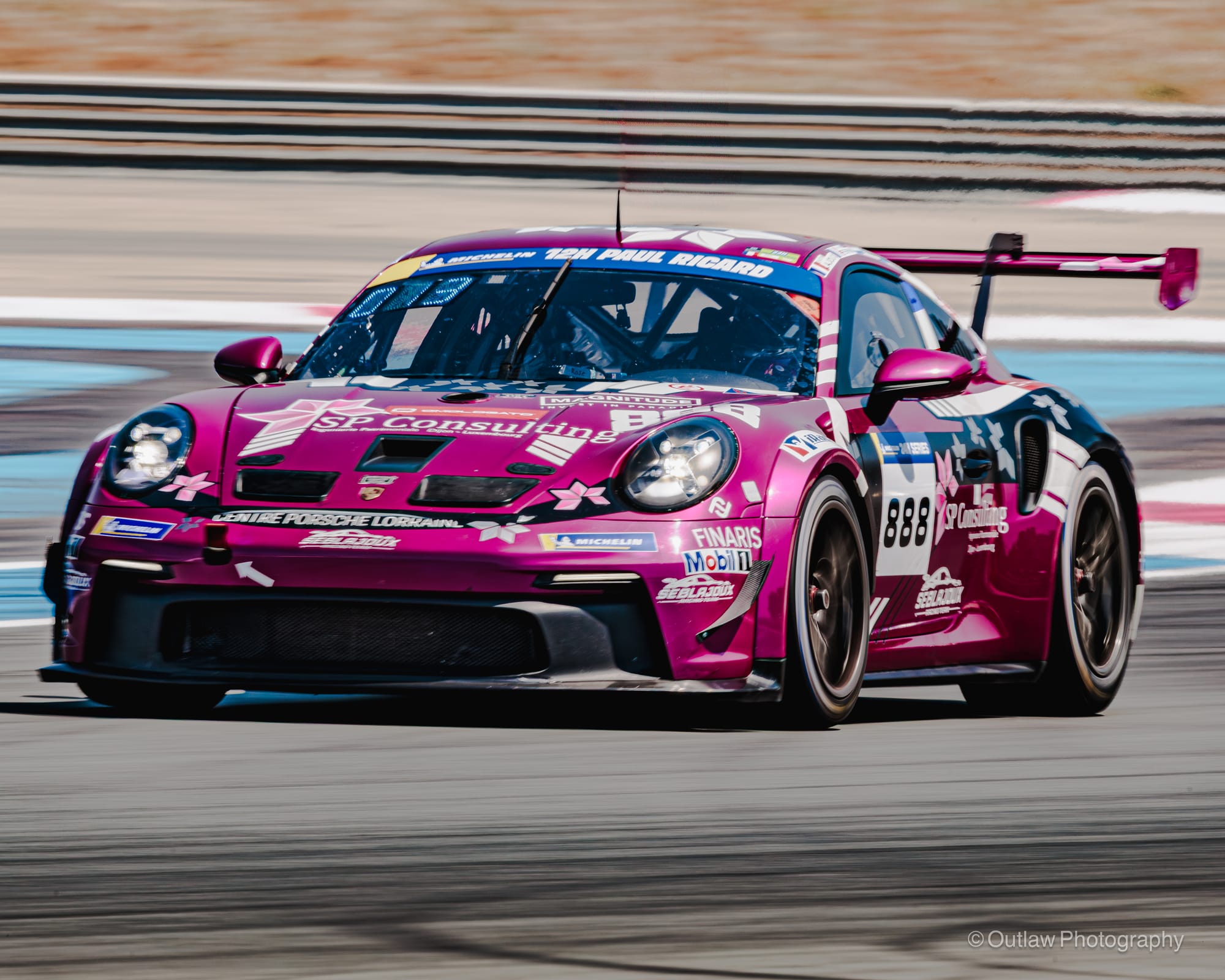
Qualifying Format and Conditions
Qualifying at Paul Ricard followed the 24H Series’ multi-driver format, consisting of three consecutive 15-minute sessions. Each team was required to run a different driver in each session, with the first session (Q1) mandatorily featuring an amateur. No driver changes were allowed mid-session, and no tyre changes or refueling were permitted between sessions. All three drivers had to complete their runs on the same set of tyres.
Grid positions were determined by the aggregate time across all three sessions, meaning consistency across the team mattered just as much as outright pace. A single poor lap could compromise a team’s entire qualifying result.
Tyre management played a critical role. With ambient air temperatures in the low 30s and track surface temperatures peaking near 60°C, the challenge wasn’t just about speed but about survival. Teams were forced to think strategically, often instructing their amateur and mid-tier drivers in Q1 and Q2 to preserve the tyres for the pro driver in Q3, where the ultimate lap times would be expected. This added a deeper tactical layer to what is typically seen as an all-out time attack.
The circuit itself compounded the difficulty. Paul Ricard’s famously abrasive red and blue run-off zones become rougher the further a car strays from the racing line — punishing any off-track excursions. Meanwhile, Saharan dust carried in by southern winds left a fine film across the surface, further degrading grip and making mistakes more costly.
One notable Balance of Performance (BoP) adjustment ahead of qualifying involved the No. 709 GRAFF Racing entry. Powered by a 550 bhp Ford V8 and running without ABS or traction control, the car was assigned an additional 100 pounds of ballast to level the playing field with the lighter Vortex V8s. The GRAFF machine is a raw, analogue car that delivers pure mechanical performance, but the added weight and lack of driver aids made for a real fight in these slick and punishing conditions.
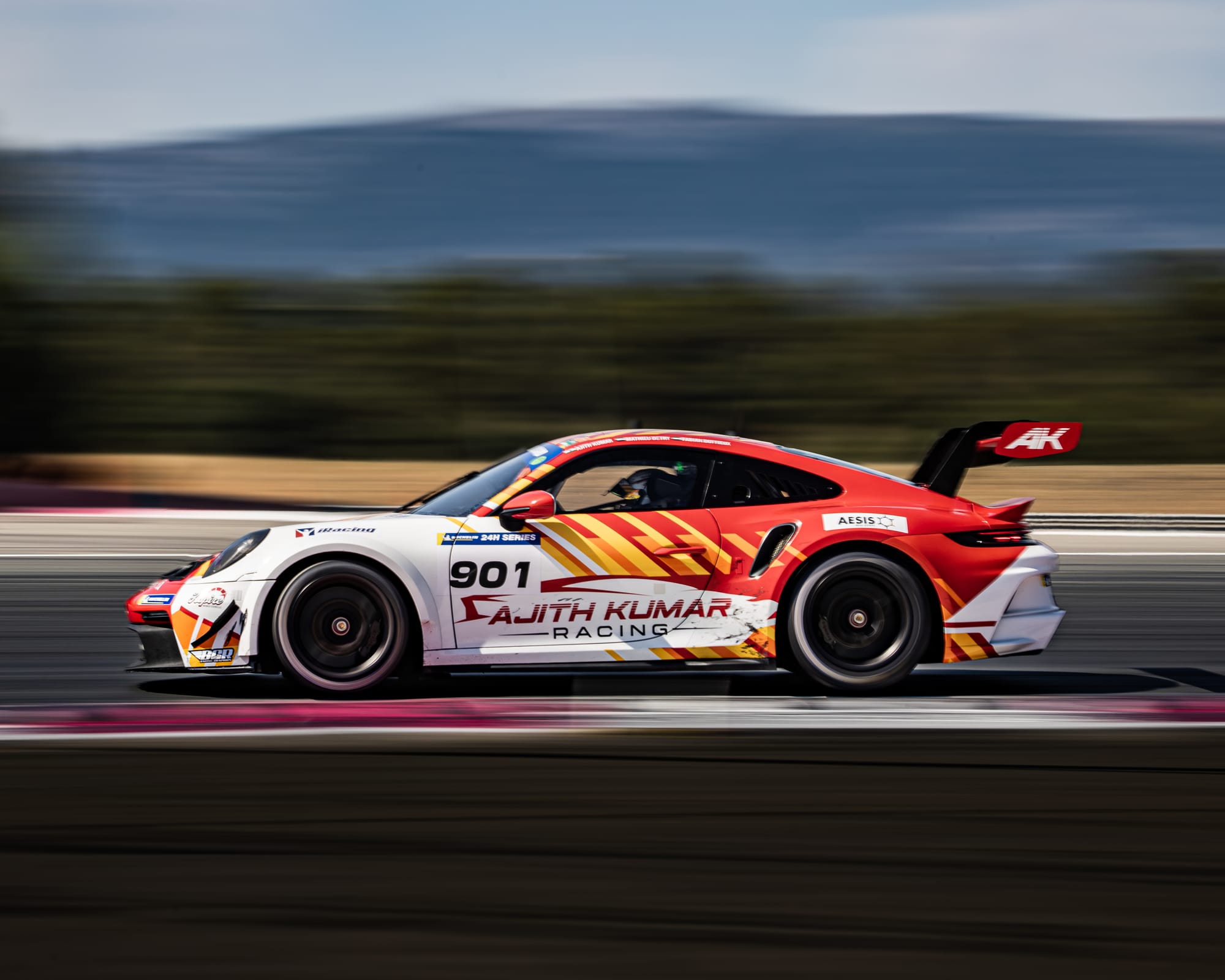
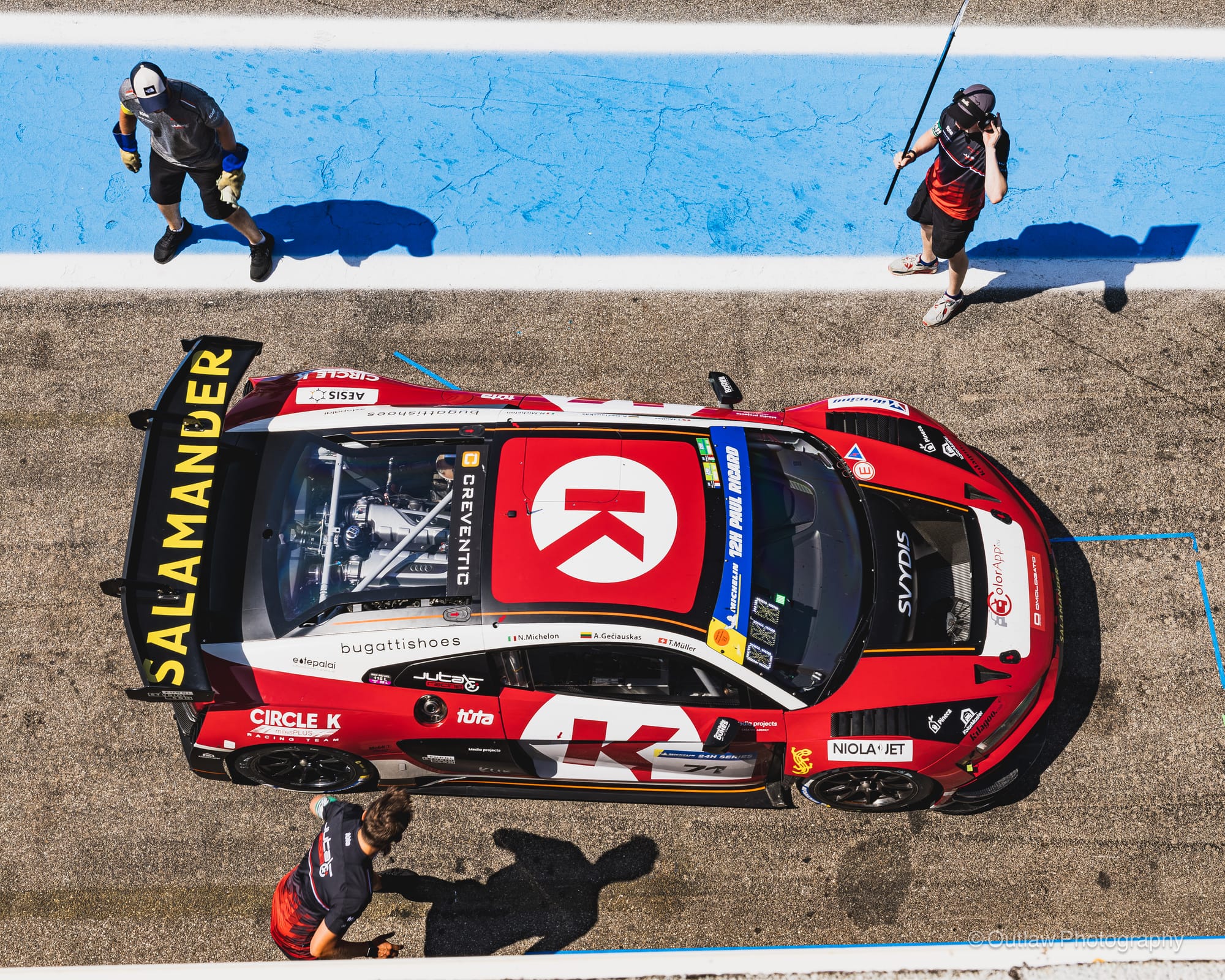
⸻
Qualifying Summary: TCE, GTX, GT4, 992
Qualifying featured four distinct classes: TCE, GT4, GTX, and Porsche 992. Across the three-session format, multiple incidents and shifting track conditions added drama and unpredictability to the grid-setting process.
In Q1, several cars struggled with balance and grip. The No. 701 Vortex V8 spun multiple times, appearing unstable at the rear — likely due to an overly aggressive front-end setup. The No. 901 Kumar/Redant Porsche, driven by F. Duffeux, also spun during the session, while the No. 910 Seblajoux Porsche had a spin at Turn 12 and limped back to the pits. Despite the chaos, the No. 709 Nova GRAFF Racing car (S. Page) topped the timesheets with a 2:06.480. The No. 703 Vortex V8 (A. Gomez) followed closely in GTX with a 2:06.941, while the No. 921 Porsche 992 entry from Muhlner Motorsport (M. Rump) posted a 2:07.778.
Q2 saw improved pace as track rubber built up. GRAFF Racing continued its strong form, with I. Sanjuan clocking a 2:06.252 — further underlining their consistency despite carrying an additional 100 pounds of ballast. The Seblajoux Racing No. 888 entry (P. Meijer) showed promise with a 2:07.045, while T. Pieri kept the No. 703 Vortex within range at 2:07.524.
Q3 was disrupted late in the session. While the No. 703 Vortex had another spin, it was the heavy spin from the No. 910 Seblajoux Porsche on the Mistral Straight that brought out the red flag with 45 seconds remaining. Although the car recovered and rejoined, the session was not resumed — freezing the order and denying several teams a final chance to improve.
Ultimately, the No. 709 Nova GRAFF Racing car dominated the GTX class, putting in consistently fast laps across all sessions. Their performance was all the more impressive given the lack of ABS, the raw front-engine layout, and the added weight penalty.
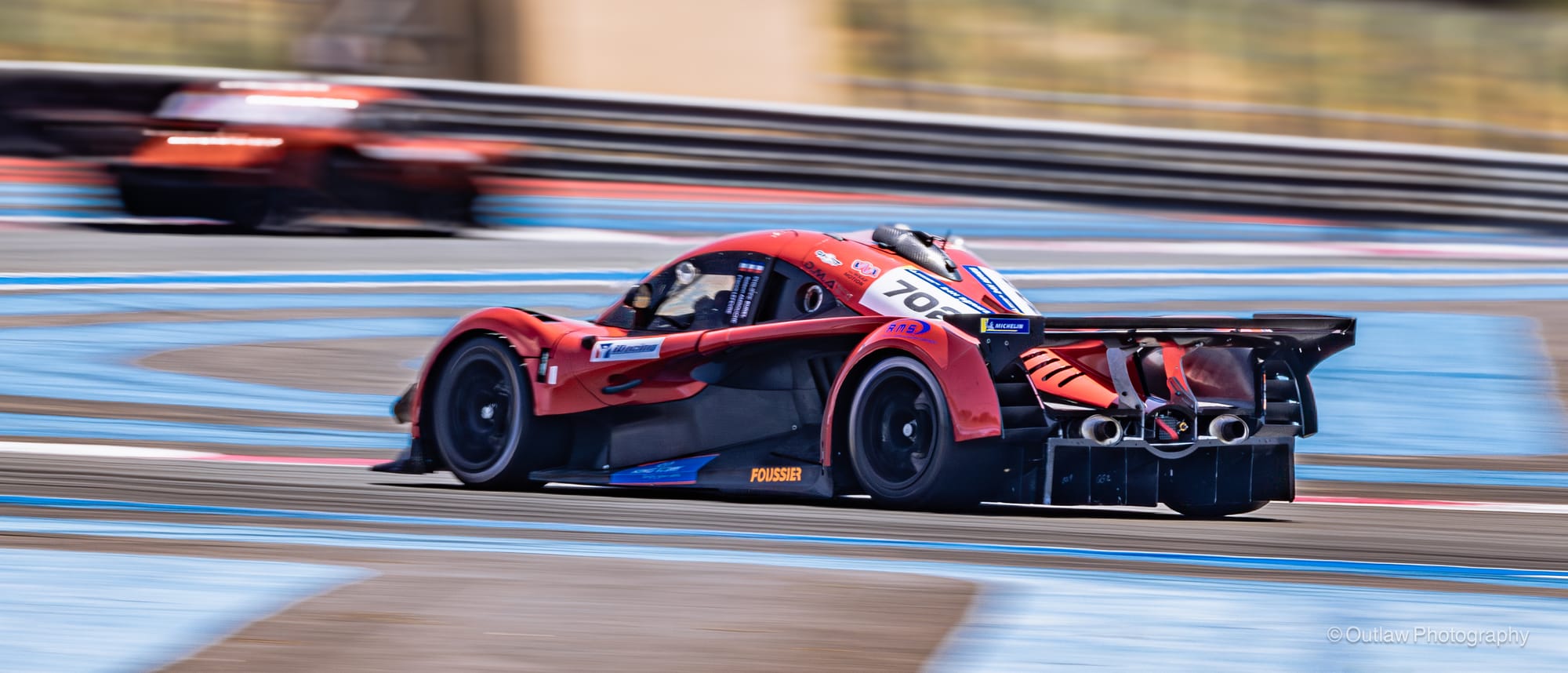
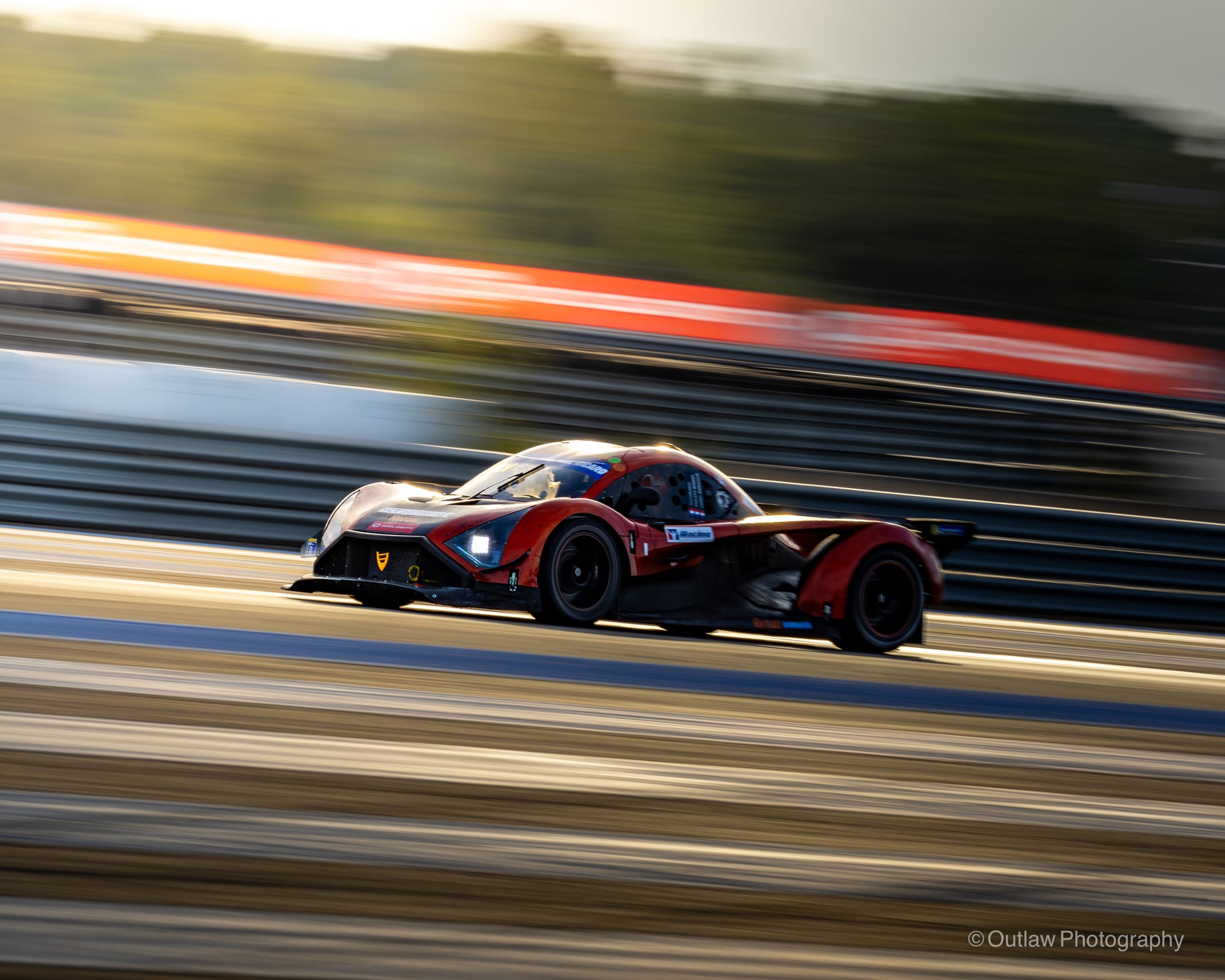
GT3 Qualifying Recap
The GT3 field featured a competitive grid of 16 cars, with qualifying unfolding across three sessions under scorching conditions. While several teams showed flashes of pace, the battle for pole was shaped as much by consistency as outright speed.
Q1 ran cleanly with no incidents. The No. 90 E2P Racing Aston Martin, driven by O. Campos, set the early benchmark with a 2:03.390. Close behind, the No. 93 Redant Racing Mercedes (K. Breuck) posted a 2:03.597, while the No. 65 Viper Niza Racing Mercedes (M. Moh) slotted into third with a 2:03.745.
Q2 brought drama. A red flag interrupted the session halfway through after the No. 65 Viper Niza entry made heavy contact with the barriers at Turn 10. The impact caused chassis damage and ruled the car out of the remainder of qualifying. On the timing sheets, it was Dragon Racing’s No. 98 Ferrari (R. Azzam) that went fastest with a 2:02.893 — setting the fastest lap of the entire qualifying sequence. Redant Racing’s No. 93 (A. Redant) and the No. 90 E2P Aston Martin (Saner) followed, but neither could match the Ferrari’s pace.
Q3 ran without incident, allowing teams a final chance to improve their aggregate times. At the close of the session, the No. 98 Dragon Racing Ferrari secured pole position with a combined best of 2:03.292. The No. 93 Redant Racing Mercedes was second overall (2:03.789), narrowly edging out the No. 28 TFT Racing Mercedes (2:03.794), who made a late charge to lock in third.
Dragon’s pace and consistency over the three sessions confirmed their front-running status heading into race day, while the field behind looked tightly packed, promising a close-fought GT3 battle once the lights went out.
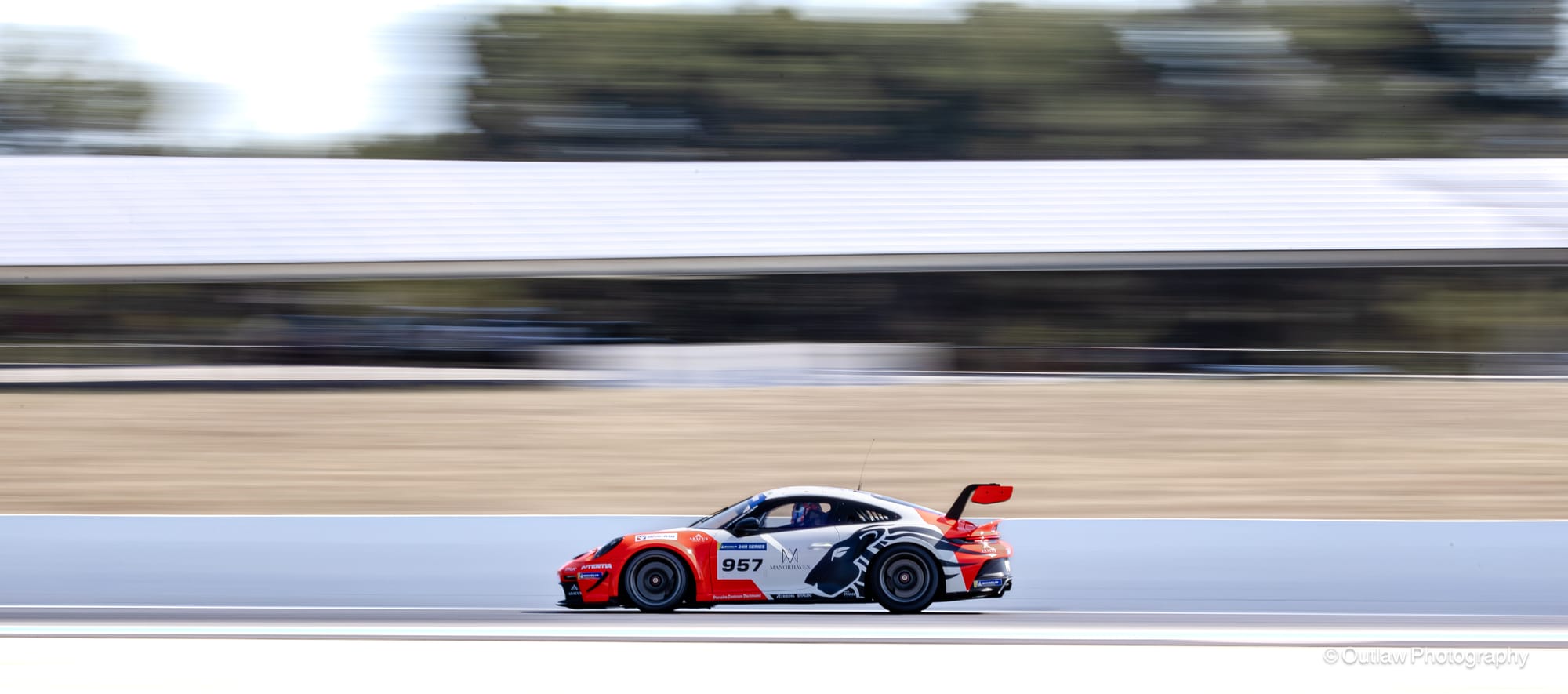
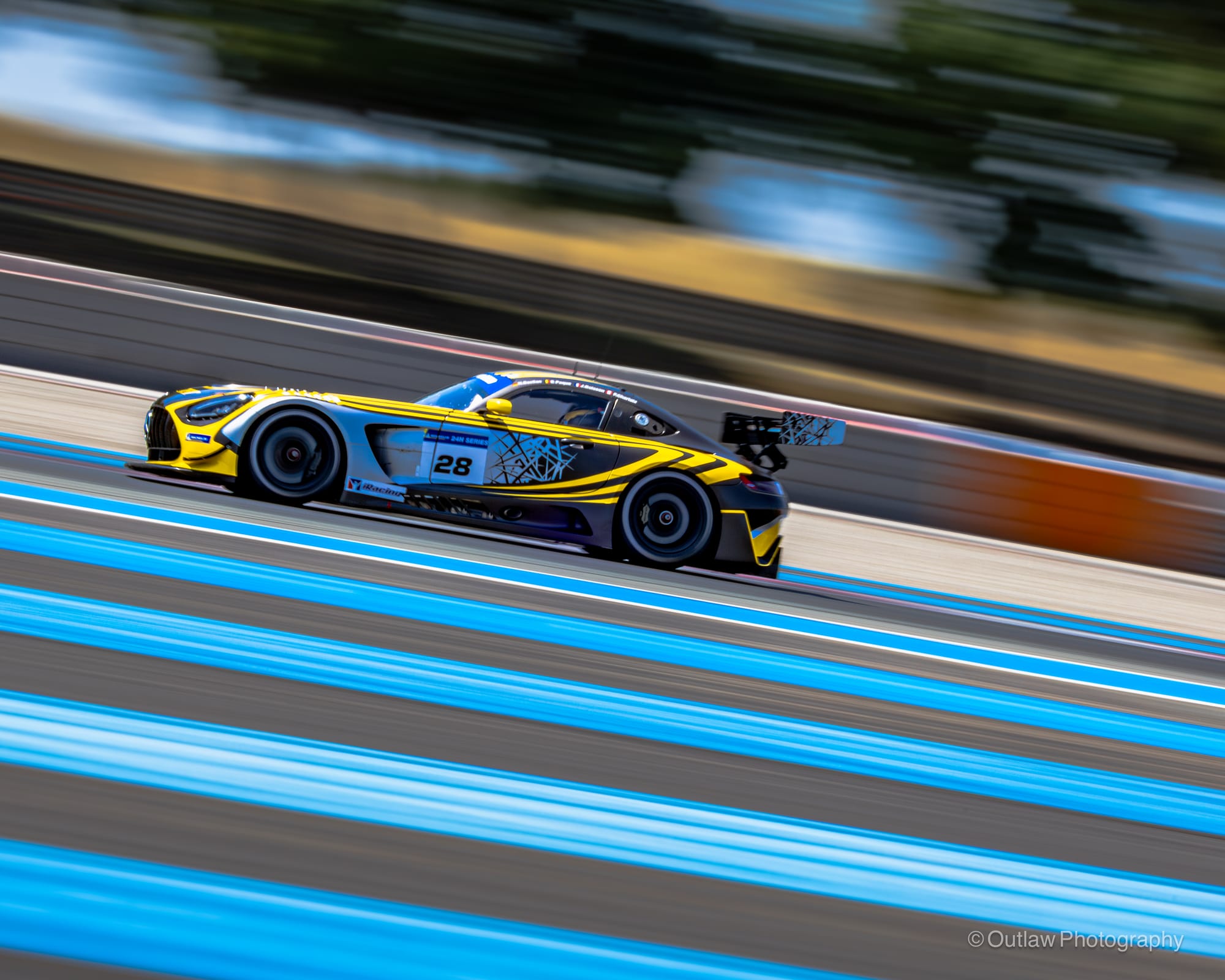
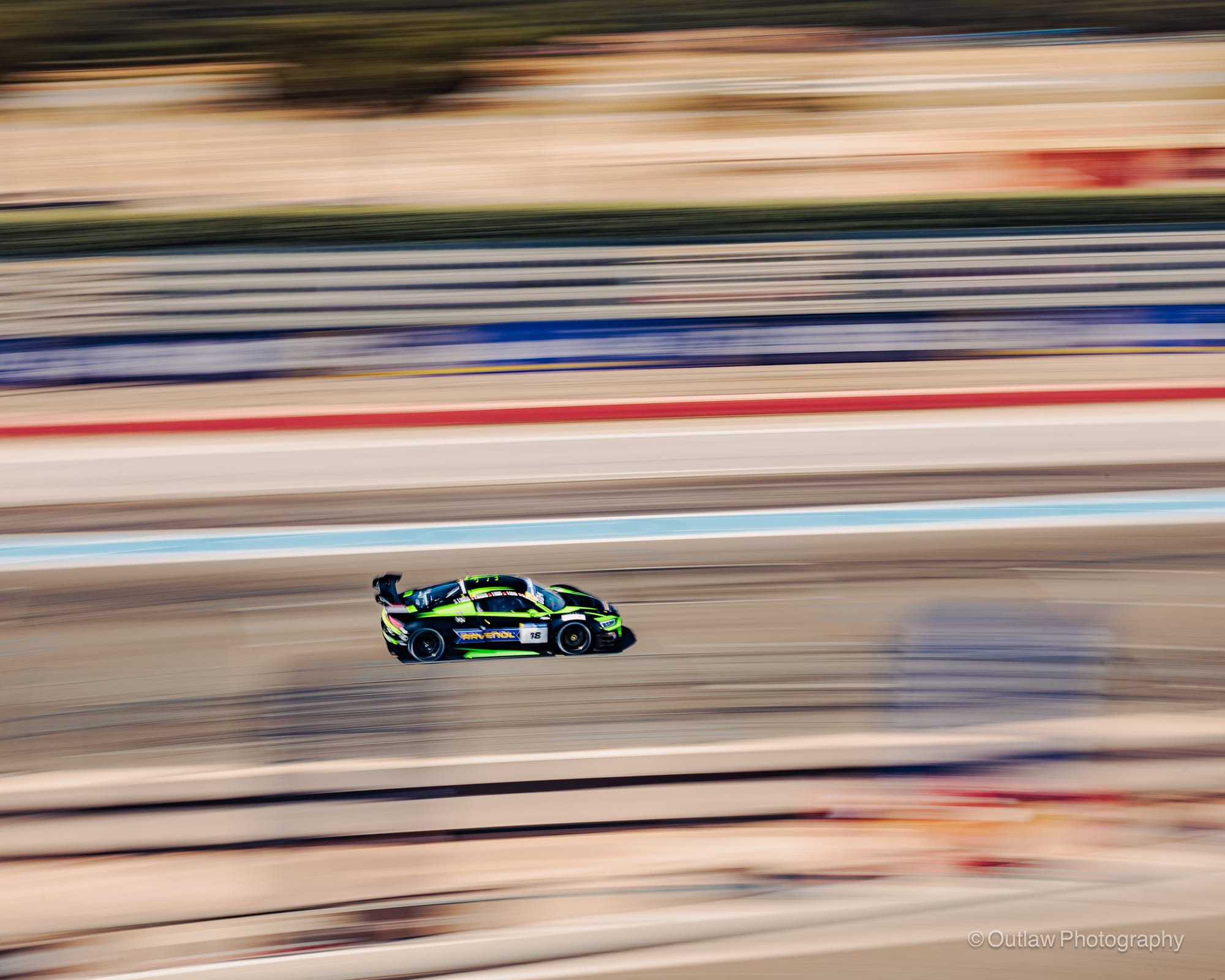
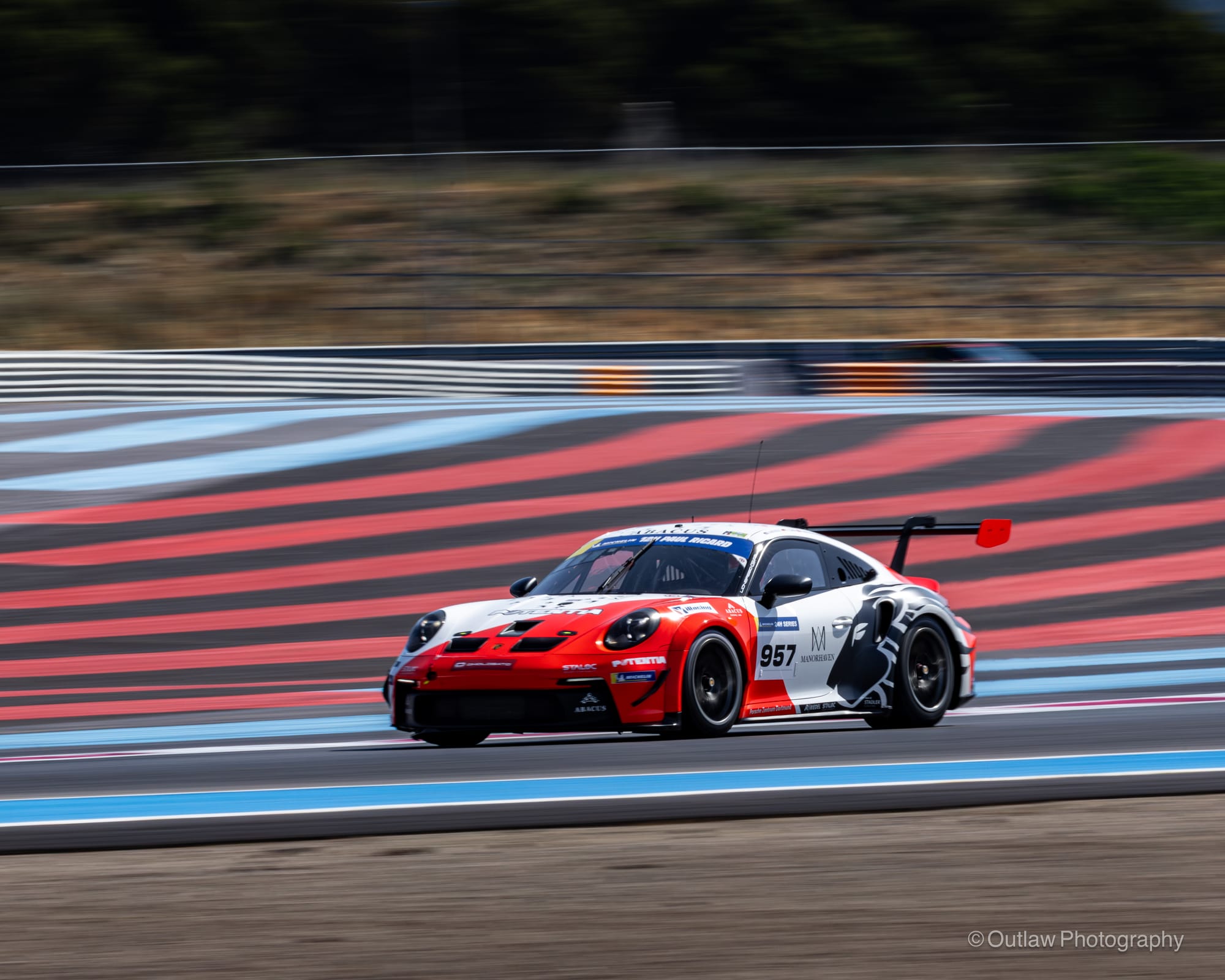
Class Pole Positions & Final Grid Set
After three intense qualifying sessions across a scorching Friday afternoon, the class pole positions were decided. Each team now had their starting slot locked in, setting the stage for the full 12-hour battle to come.
Class Pole Winners:
• GT3 Overall: No. 98 Ferrari – Into Africa by Dragon Racing
• GT3 Am: No. 69 Mercedes – Continental Racing by Simpson Motorsport
• GTX: No. 709 Nova - GRAFF Racing
• 992 Cup: No. 888 Porsche – Seblajoux Racing
• GT4: No. 421 BMW – Venture Motorsport
With the grid formed and strategy plans locked in, attention now shifted to Saturday — the main event. After a brutal qualifying day in 33°C ambient heat and near 60°C track temperatures, the teams would need to dig even deeper. The challenge of 12 full hours of endurance racing under the relentless sun lay ahead.
We’re ready to race.
